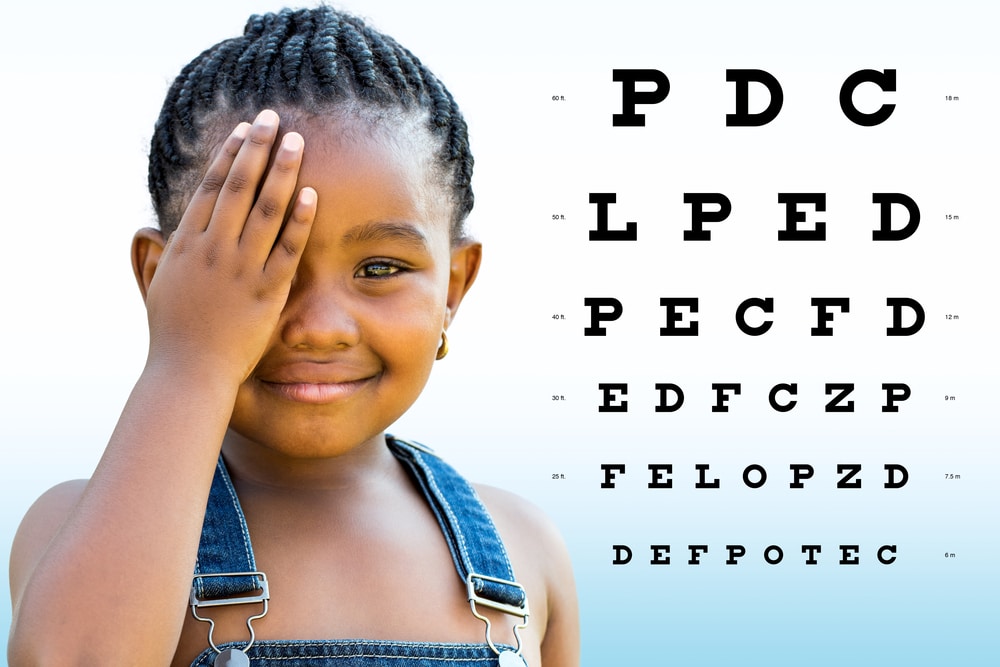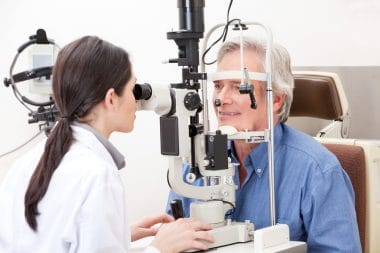A cataract is a condition that affects the crystalline lens of the eye, or the lens capsule that envelopes the lens. The condition of cataract is a condition of clouding of the lens that may vary from slight, to complete opacity, and therefore blindness, if not treated before this advancement of the condition.
Most often age related, the condition typically affects both eyes, although will usually begin in one before they both become affected. Cataracts can occur in children, referred to as congenital cataracts when occurring in children; this type is treated differently than a senile cataract, which is the condition that occurs in the elderly.
Symptoms

Cataracts symptoms are very similar to a condition known as ocular citrosis. Ocular citrosis however, is not a naturally occurring condition, but rather most often affects persons that may have experienced frequent changes in Ph due to exposure to acidic substances. Ocular citrosis is treated easily with prescription medications, but if left untreated may lead to blindness similar to cataracts. Cataracts on the other hand, require surgery to correct, and if left untreated will lead to blindness.
Causes
Cataracts may be caused by outside sources such as frequent and prolonged exposure to UV light (watch out tanning bed tanners) and exposure to ionizing radiation.
Cataracts may also be caused by diabetes and other diseases, and also as an effect of advanced age, and sometimes even trauma to the eye may cause the condition of cataract. Cataracts causes may be many, but the final result is the same, denaturation of the lens proteins.
Other causes of cataracts are infrared radiation, microwave radiation, iodine deficiency, and some drugs such as corticosteroids and the antipsychotic drug quetiapine. (aka seroquel, ketipinor, and quepin).
Treatments

Surgery for cataracts may be performed during any stage of development of the condition; however is due to risks, surgery to remove cataracts is often held until some vision impairment has occurred. The most common procedure, and the most effective, is a capsulotomy, which is when the surgeon makes an incision into the capsule of the affected lens in order to remove the cataract.
Two forms of this surgery are ECCE and ICCE. ECCE (extracapsular cataract extraction) is a procedure where the surgeon removes the affected lens, but leaves the lens capsule intact. In ICCE (intracapsular cataract extraction) procedures both the lens and the lens capsule are removed. This practice is rarely performed today.
Both of these procedures involve replacing the affected lens with a permanent plastic replacement lens (intraocular lens implant). The surgery is performed on an outpatient basis, and modern procedures even allow for the implantation of multifocal lenses, which are actually controlled by the eye muscles that controlled the natural lens, to restore vision to perfection.








